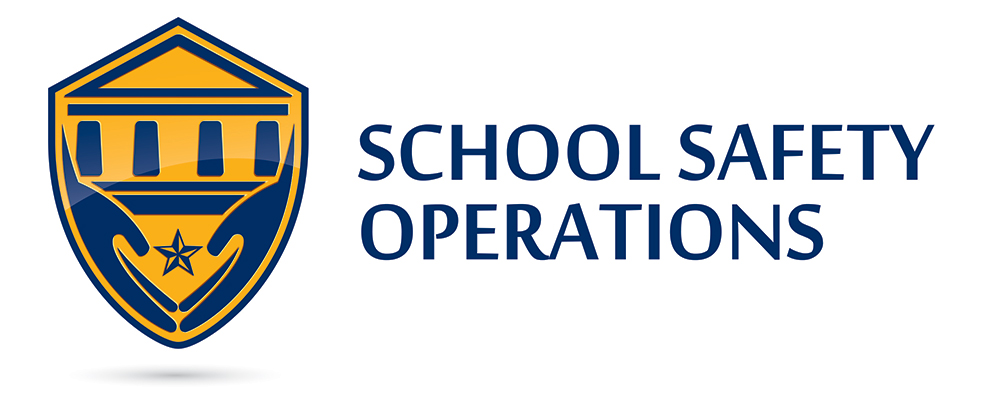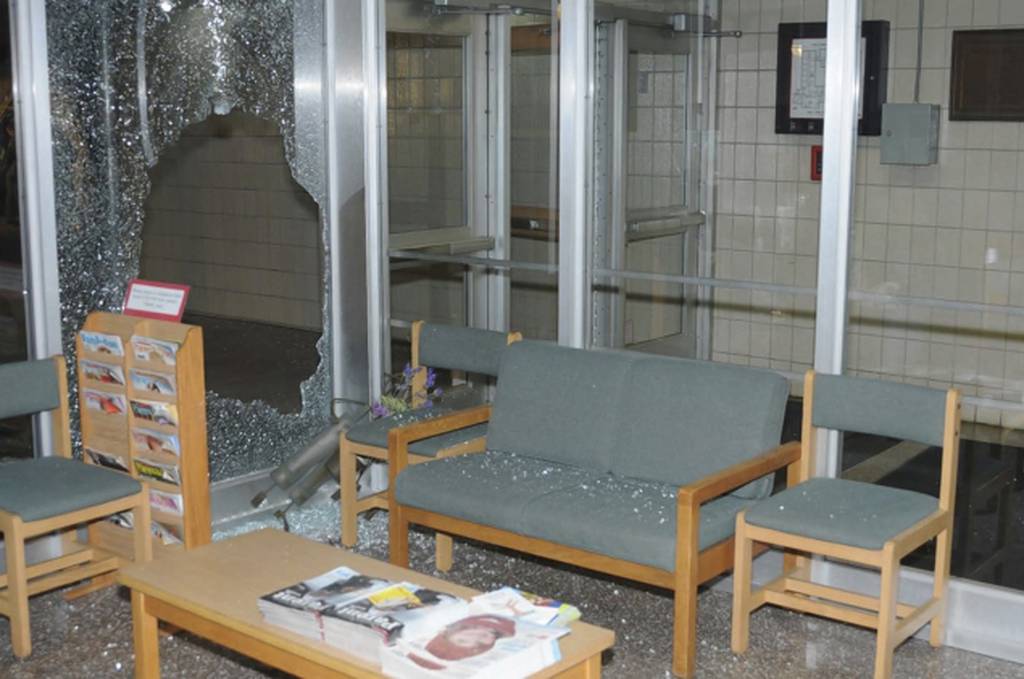Introduction to Presidential Policy Directive 8 (PPD8) and Its Impact on Schools for School Safety Assessments
Overview of PPD8
Presidential Policy Directive 8 (PPD8), enacted on July 1, 2013, is a federal mandate aimed at enhancing the security and resilience of the United States. It sets the National Preparedness Goals, focusing on pre-incident preparation to mitigate threats to national security. This directive plays a crucial role in shaping the safety and preparedness strategies of public institutions, including schools. School safety assessments.


